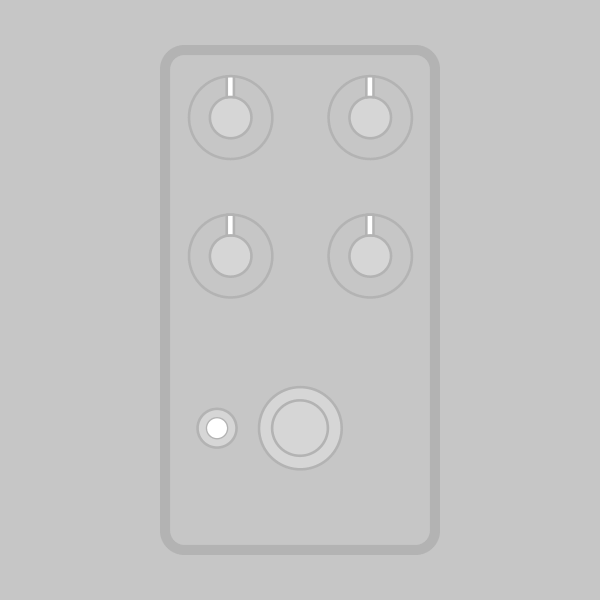
The Orpheus Silicon Fuzz is based on the silicon version of the Mosrite Fuzzrite, which replaced the germanium version in 1968 around the time that the Fuzz Face and other fuzz circuits were moving to silicon as well. As with the germanium version, it was designed by Ed Sanner.
The circuit topology is largely the same as the germanium version, but it runs on modern negative-ground power due to the NPN transistors, whereas the germanium version uses a charge pump inverter. The two circuits have very different fuzz textures and both are worth your time. The silicon version seems to have been much more widespread, and was whitelabeled or cloned as the Orpheum Fuzz, Guild Foxey Lady, and Electro-Harmonix Axis Fuzz.
Catalinbread released an adaptation in 2010 called the Merkin Fuzz. Later in 2015, they teamed up with the Moseley estate and Ed Sanner to release an official reissue of the Fuzzrite, which was based on the silicon version. The germanium version followed in 2023, and included a “vintage/modern” toggle switch that reduces the steep bass cut of the original and fills out the midrange of the effect for a more modern sound.
We have ported this switch to the silicon version of the Fuzzrite circuit, which suffers from the same issues in the stock configuration.